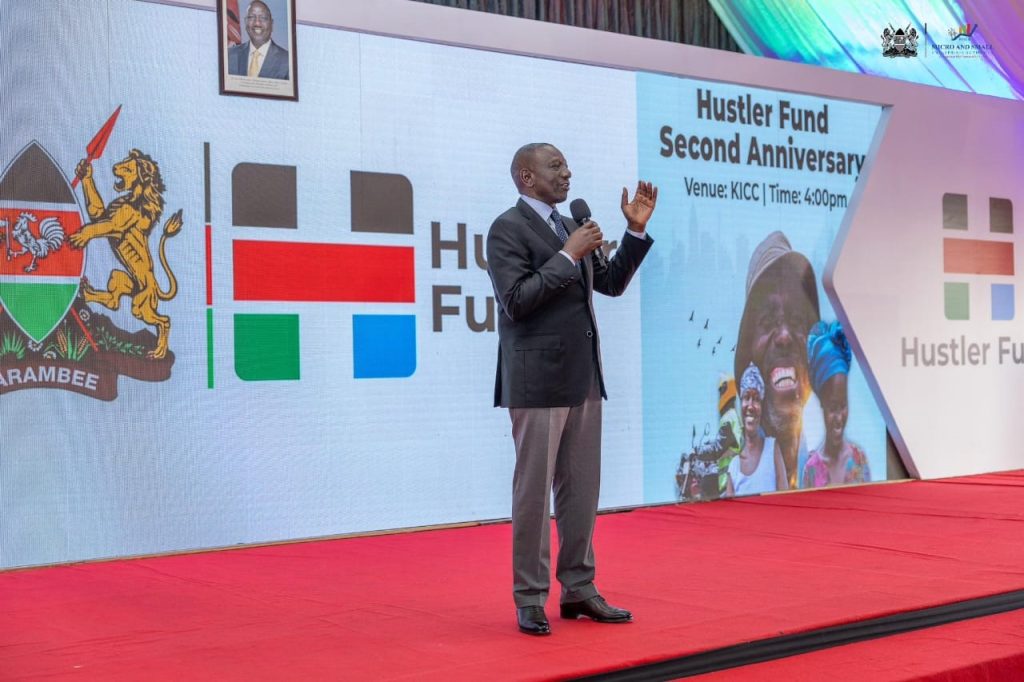
- Hustler Fund:Wealthy Borrowers dominate,Raising doubts on Efficacy;
The Hustler Fund, introduced to uplift vulnerable Kenyans, is now disproportionately utilized by wealthier borrowers, casting serious doubt on the program’s efficiency and design.
According to the Kenya National Bureau of Statistics (KNBS) 2025 Economic Survey,the wealthiest Kenyans who received loans from the Hustler Fund accounted for 35.8 percent, with the second-highest quintile close behind at 33.5 percent.
 In contrast, the poorest Kenyans, the fund’s intended beneficiaries, showed the lowest utilization at a mere 18.7 percent.
In contrast, the poorest Kenyans, the fund’s intended beneficiaries, showed the lowest utilization at a mere 18.7 percent.
The Hustler Fund, originally launched to facilitate credit access for poor Kenyans, has disbursed billions via mobile phones with minimal vetting.
However, its lenient eligibility conditions are now under scrutiny, especially following an Auditor General report that questioned unauthorized disbursements, including loans to children.

Despite boasting over 25 million subscribers, recent reports indicate that 64 percent of all loans are in default.
This alarming figure prompted Parliament to reject a bid to increase the fund’s budget from Sh1 billion to Sh5 billion.
Principal Secretaries Susan Mang’eni (State Department for Micro, Small and Medium Enterprises Development) and Patrick Kilemi (State Department for Cooperatives) defended the fund before the National Assembly Budget and Appropriations Committee, warning that underfunding would jeopardize core economic programs.
Mang’eni emphasized that the Hustler Fund is more than just a loan;it empowers small businesses and enhances financial inclusion.
 “We need reforms, not a rollback. We request full reinstatement to meet the growing demand for financial products,” she said.
“We need reforms, not a rollback. We request full reinstatement to meet the growing demand for financial products,” she said.
The fund’s age demographics show that the most numerous borrowers are those aged 26–35 (39.4 percent), followed by 36–45-year-olds (34 percent).
Urban dwellers demonstrate higher borrowing rates at 35.4 percent compared to rural residents at 24.2 percent, with businesspeople and wage earners forming the largest user groups.
 Men borrow more than women, with rates at 31.8 percent and 26 percent, respectively.
Men borrow more than women, with rates at 31.8 percent and 26 percent, respectively.
Meanwhile, Uwezo Fund grants dropped by Sh239.7 million to Sh140.7 million, while disbursements to youth are expected to rise to Sh324 million.
The Women Enterprise Fund was most severely affected, experiencing an 88.1 percent drop in loan disbursements due to a failure to access government development grants.









